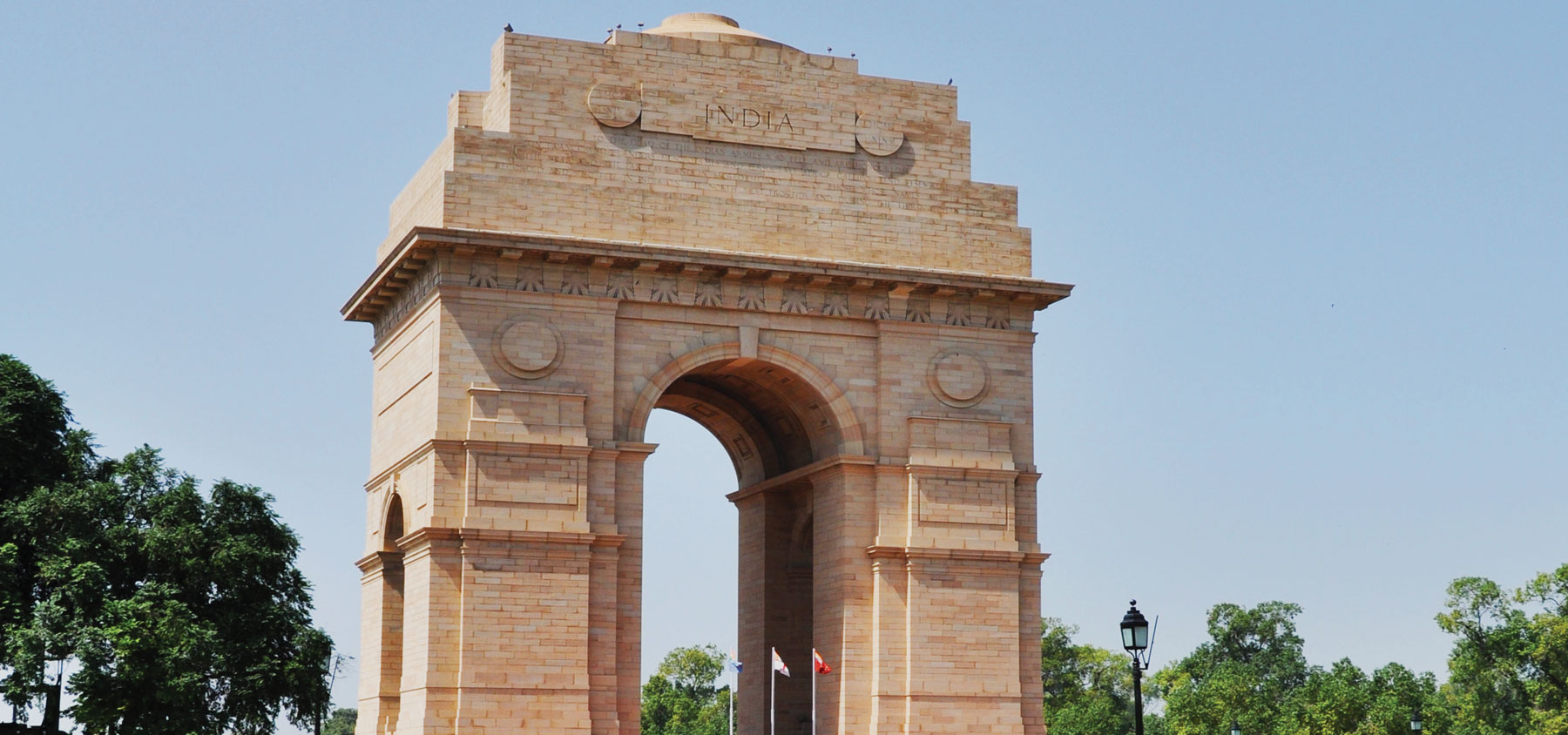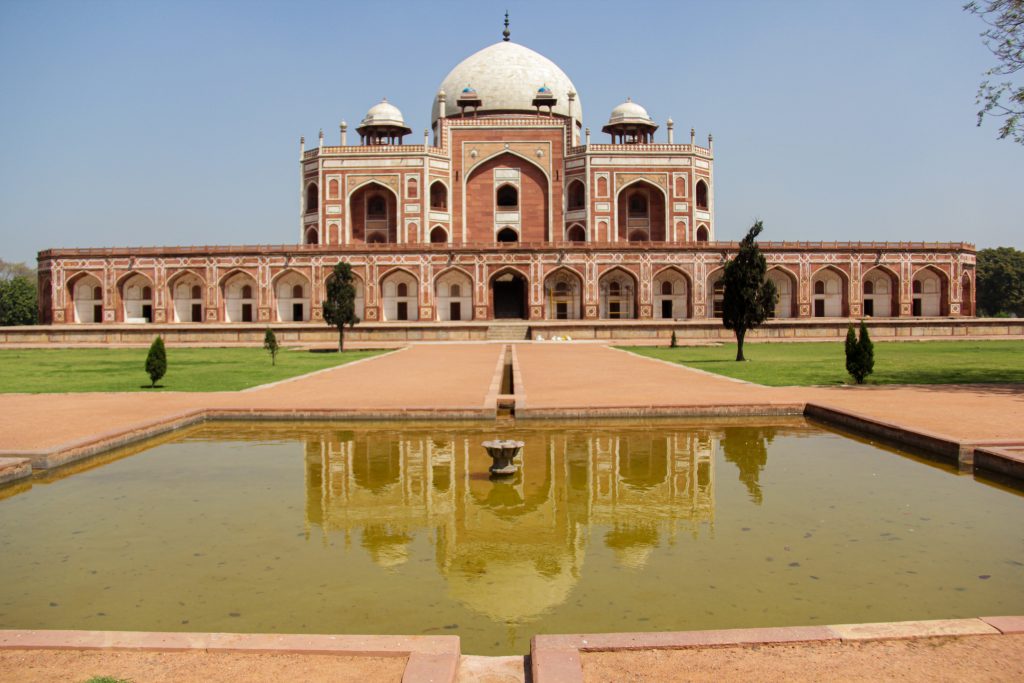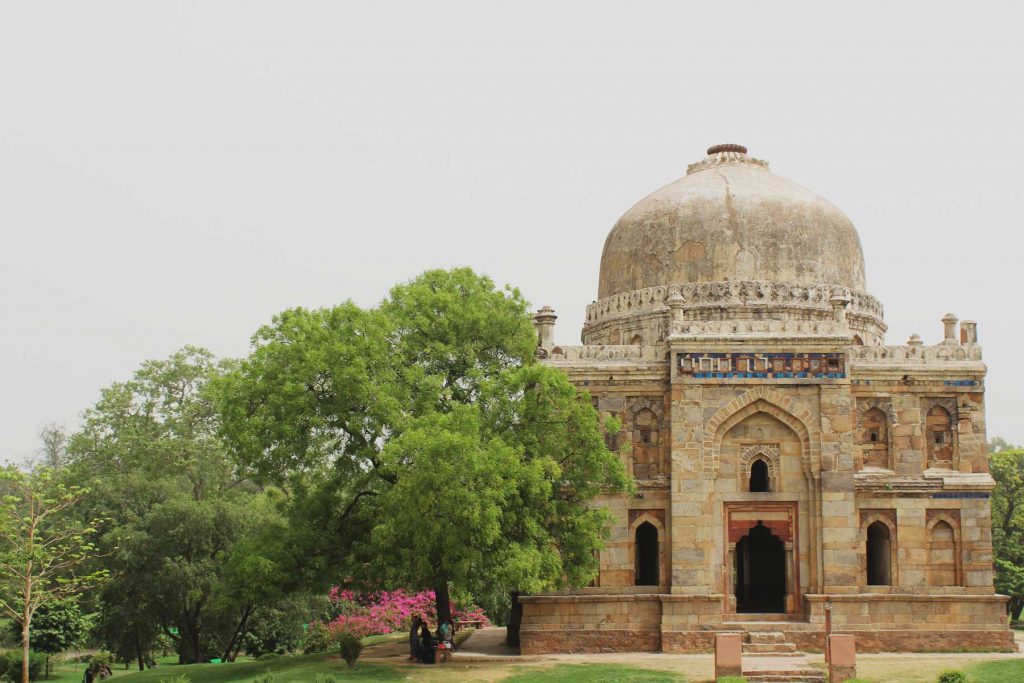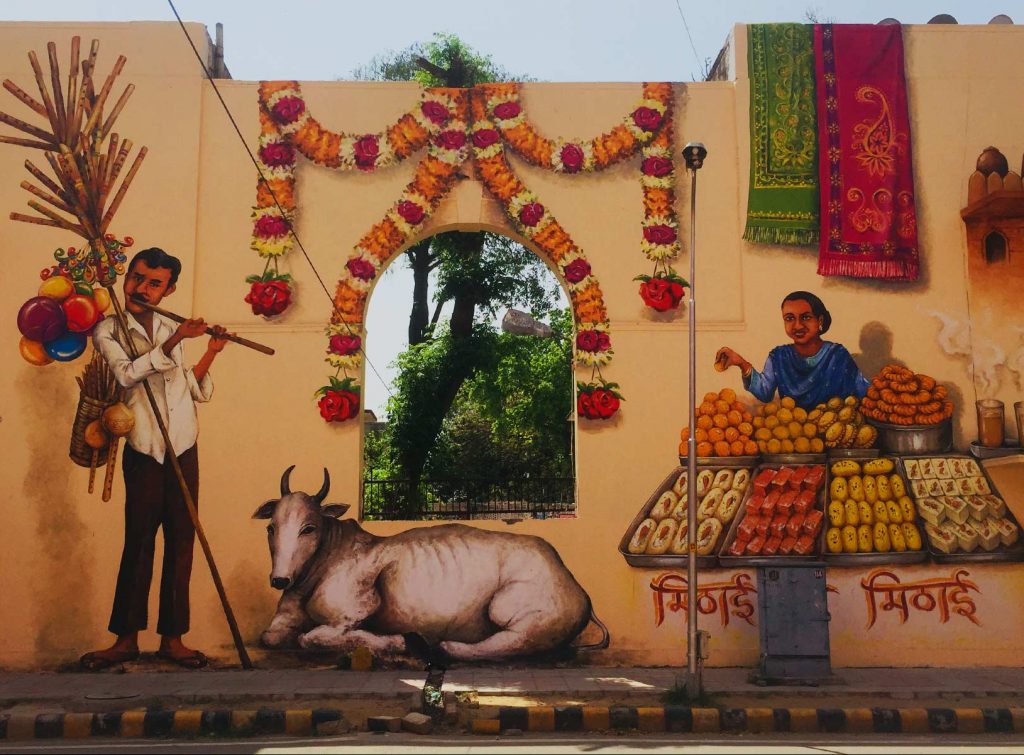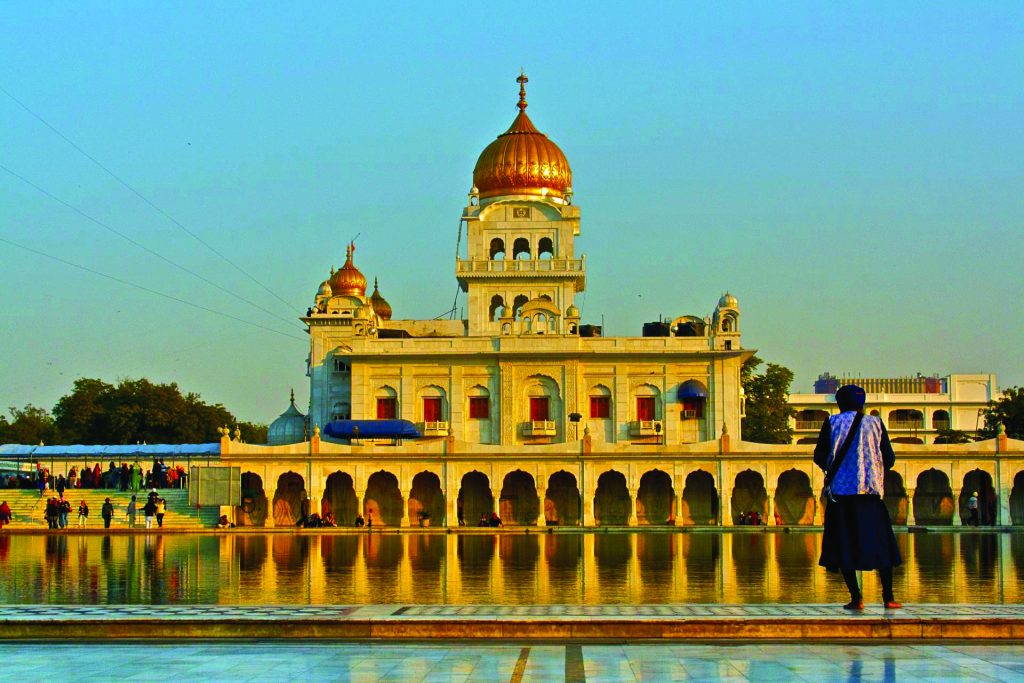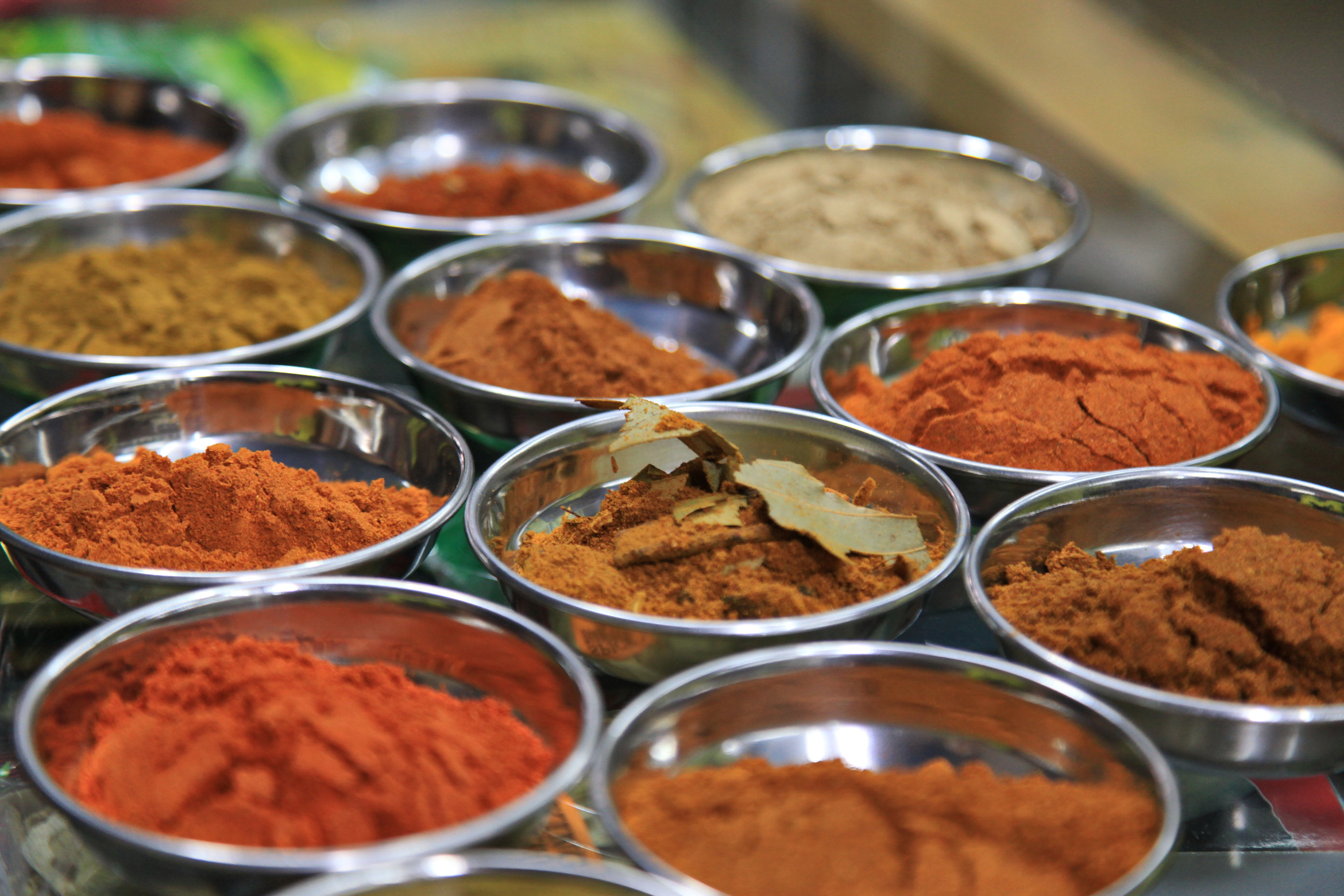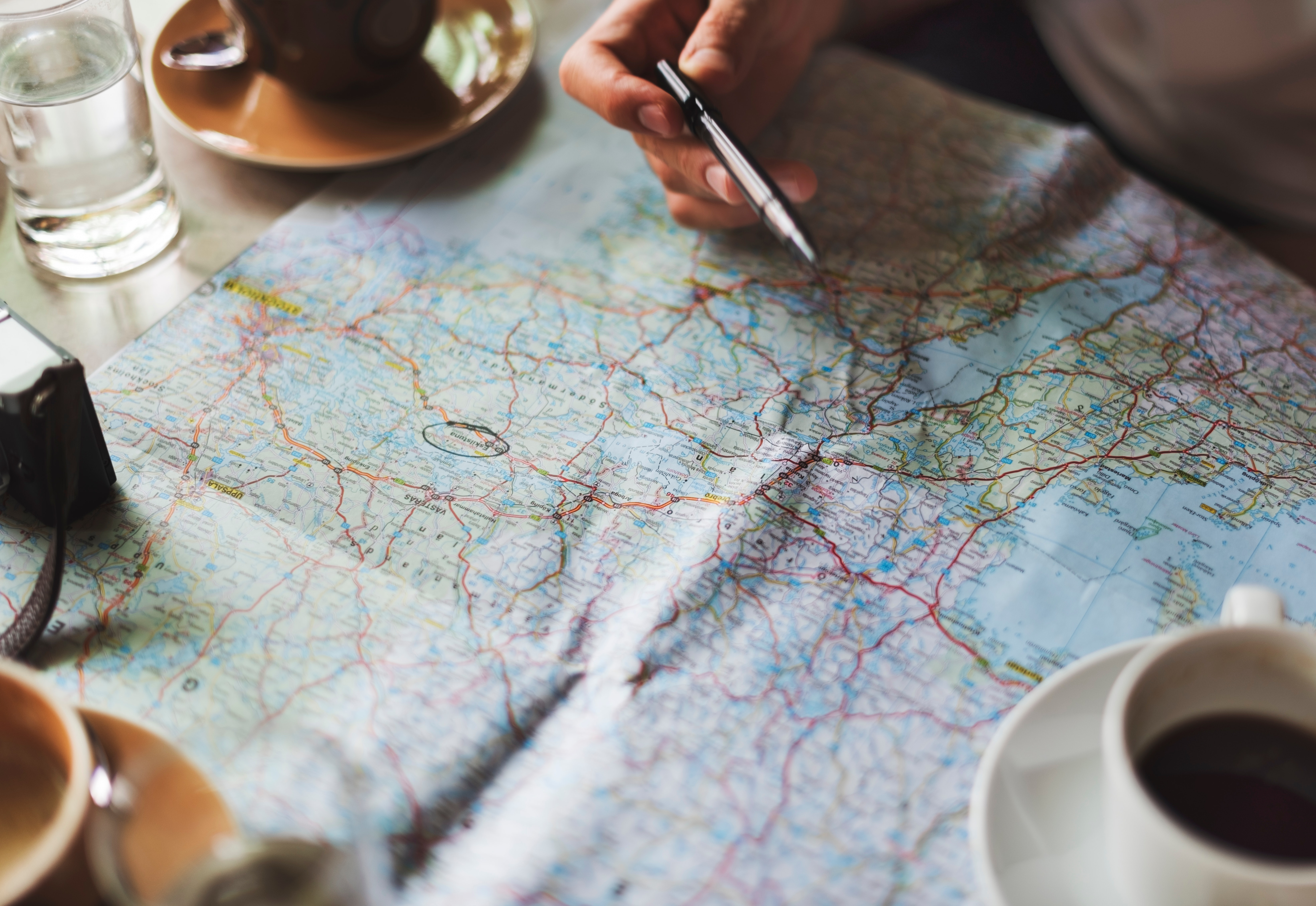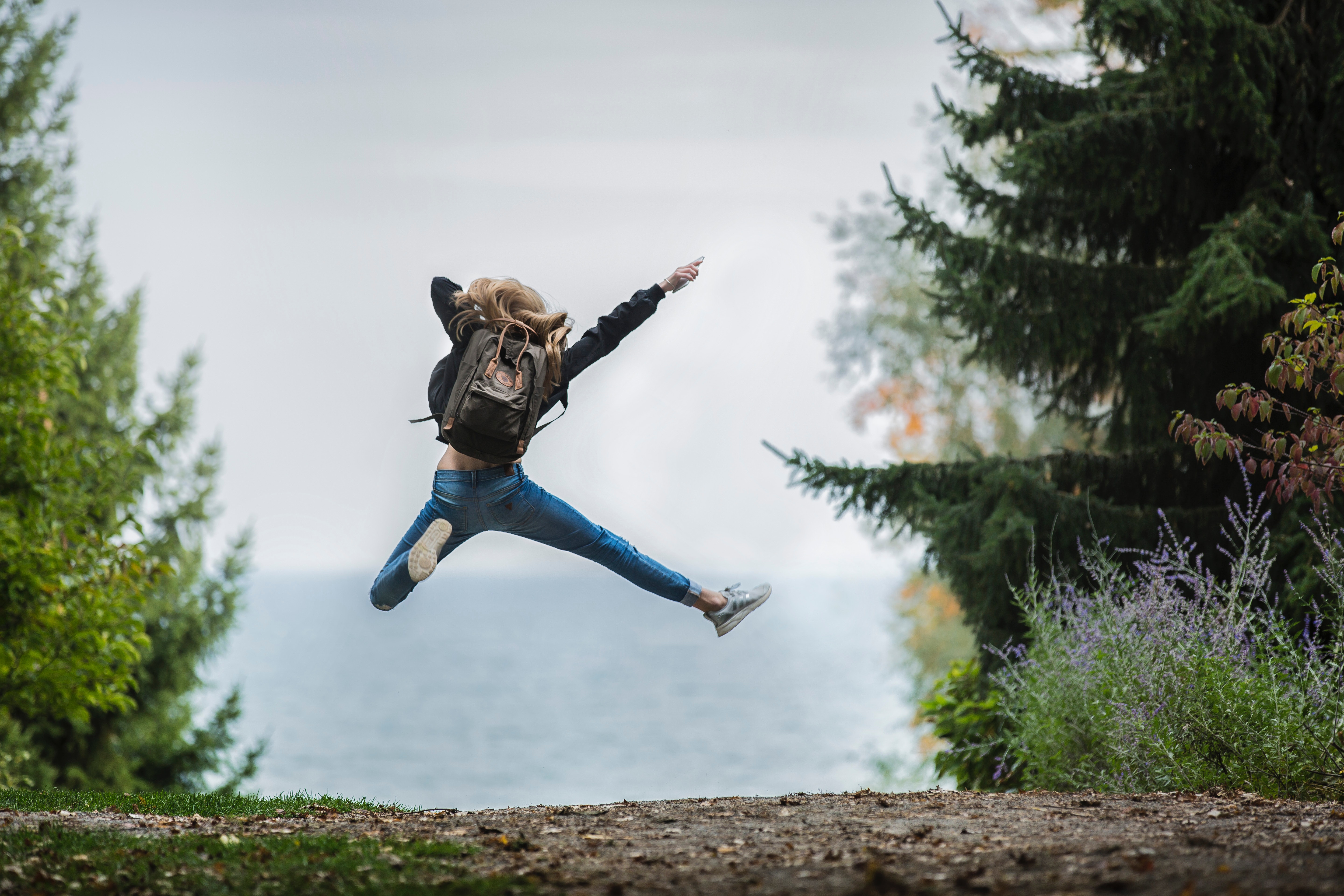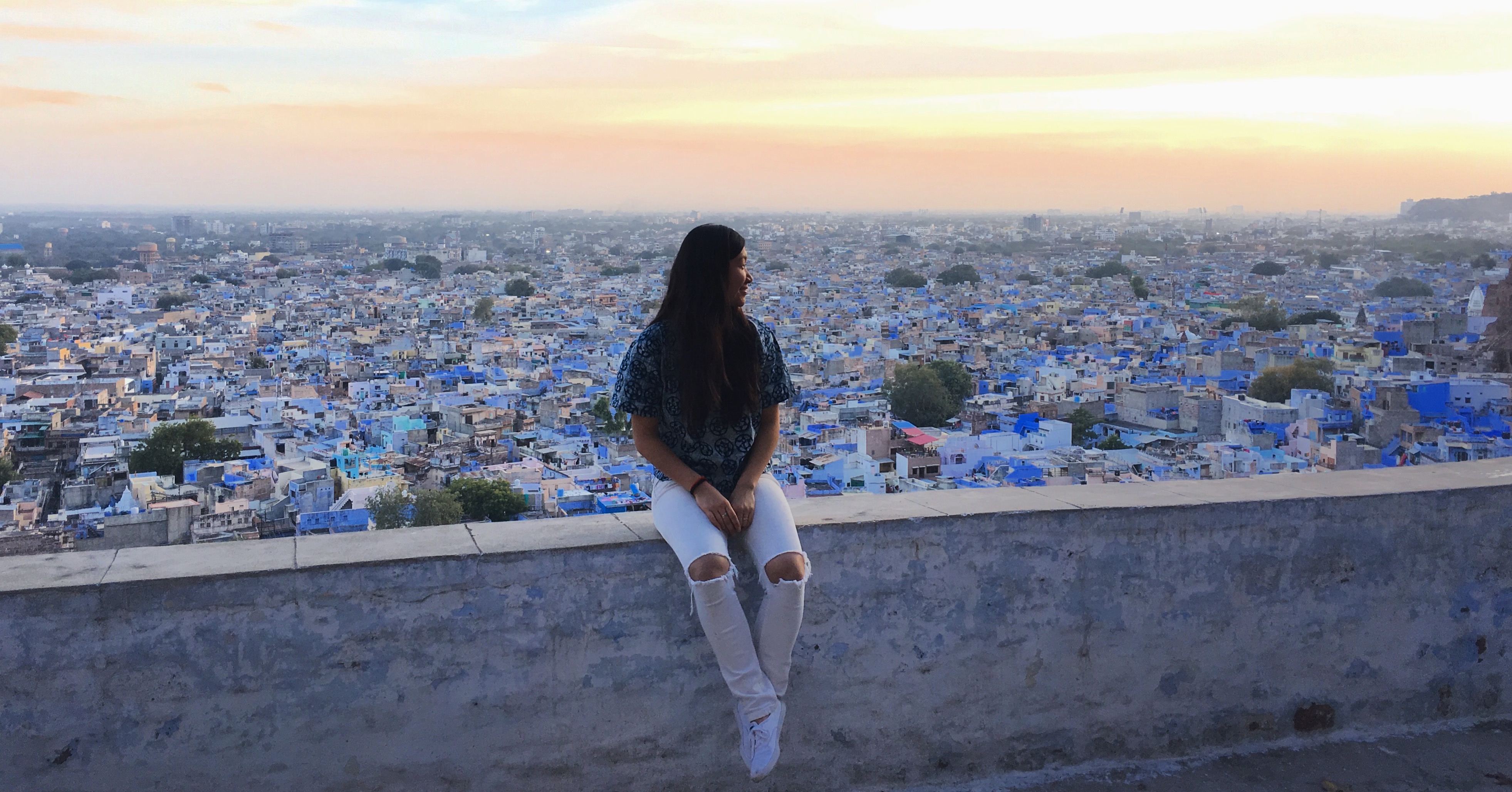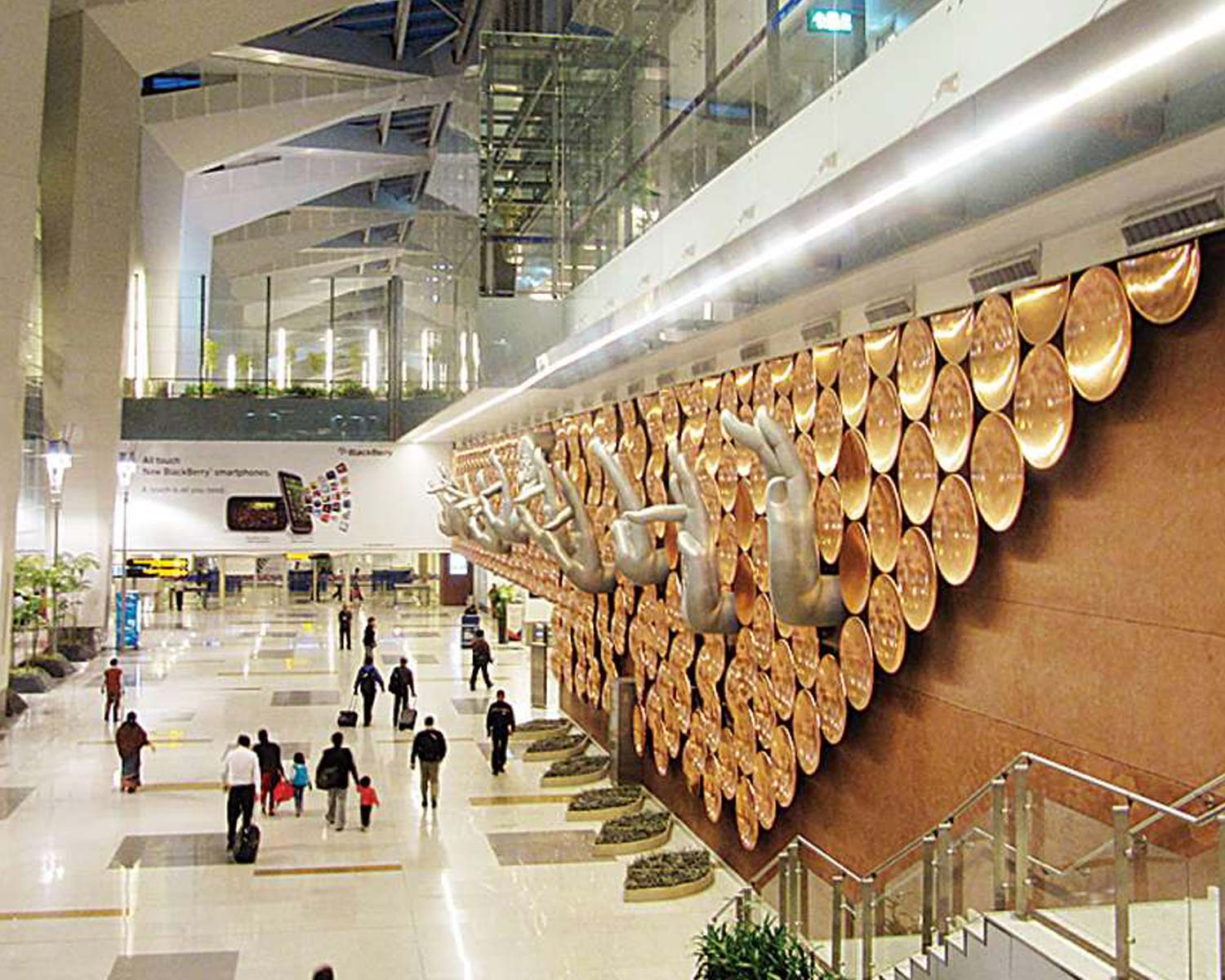The temperatures in Delhi are finally dropping and it is time to get back out and explore the city. Delhi is well-known for its proximity to the Taj Mahal and the Pink City of Jaipur and for its bustling old town but few know of the intriguing history of the city or how cosmopolitan today’s reincarnation is. Below are our recommendations for the top things to see to get a real feel for the city!
- Qutab Minar – Qutab Minar is one of the top sights to see and with good reason. The 12th-century brick minaret stands at a whopping 5-stories tall and the surrounding structures are some of the oldest surviving Islamic buildings on the Indian subcontinent. Come early to try and escape the huge crowds.
- Humayun’s Tomb – A precursor to the Taj Mahal, Humayun’s Tomb symbolizes a new era in Mughal architecture. Built at the end of the 16th century, Humayun’s was the first garden-tomb in India and one of the first examples of red sandstone being used as a dominant construction material. The pinkish-hue of the building and the surrounding gardens provide picture-perfect photo ops and some excellent people watching.
- Lodi Gardens – One of the best preserved areas of Delhi, the tombs of Lodi Gardens were originally part of an earlier settlement. Built between the 15th and 16th centuries, the buildings represent a variety of different architectural styles and are surrounded by a beautiful city park. Best of all, it is free to get into!
- Lodi Art Colony – The quiet neighborhood of Lodi Colony is now the epicenter of Delhi’s street art scene. Brightly-colored murals cover sides of buildings and showcase India’s past, present and future. The neighborhood is a work-in-progress so make sure to come back often to see the newest works of art. If you want to know more about the artists and the history behind the project, make sure to join our Delhi Art Tour!
- Gurudwara Bangla Sahib – One of the most prominent Sikh temples in Delhi, Bangla sahib features a holy pond, community kitchen and museum. Time your visit around lunch or dinner and you can join for langar. Don’t be shy. All are welcome regardless of religion or nationality and langar is an important aspect of Sikhism. If you are interested in learning more about Sikhism, make sure to join our Delhi by Public Transport tour which includes a stop at the gurudwara.
